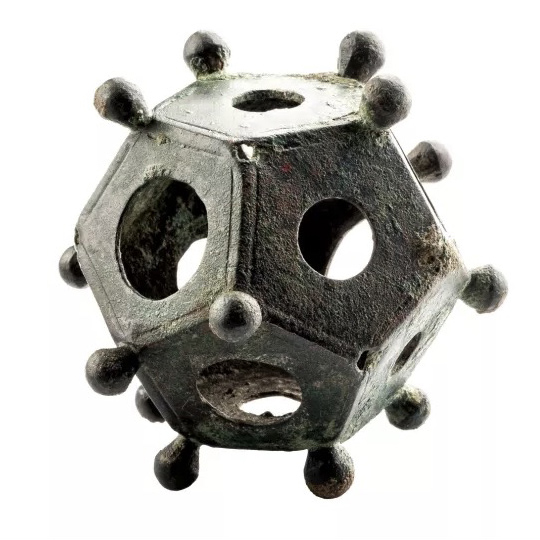
A metal detectorist in Belgium has unearthed a fragment of a mysterious bronze artifact known as a Roman dodecahedron that is thought to be more than 1,600 years old.
More than a hundred of the puzzling objects — hollow, 12-sided geometric shells of cast metal about the size of baseballs, with large holes in each face and studs at each corner — have been discovered in Northern Europe over the past 200 years. But no one knows why or how they were used.
“There have been several hypotheses for it — some kind of a calendar, an instrument for land measurement, a scepter, etcetera — but none of them is satisfying,” Guido Creemers, a curator at the Gallo-Roman Museum in Tongeren, Belgium, told Live Science in an email. “We rather think it has something to do with non-official activities like sorcery, fortune-telling and so on.”
“Writer Fuel” is a series of cool real-world stories that might inspire your little writer heart. Check out our Writer Fuel page on the LimFic blog for more inspiration.

